We know, there’s no such thing as a stupid question. But there are some questions you might not want to ask your local shop or riding buddies. AASQ is our weekly series where we get to the bottom of your questions – serious or otherwise. This time we discuss proportional (and non-proportional) length chainstays! Hit the link at the bottom of the post to submit your own question.
This week, we’re answering a reader’s poignant question on mountain bike frame design, specifically concerning chainstay length. The “optimum” chainstay length has been a hotly debated topic since… the beginning of time?
While the vast majority of frame manufacturers run the same chainstay length across their complete XS-XL frame size range, others are proponents of proportional length chainstays; increasing length in accordance with the increasing size of the front triangle. As mentioned by our reader, Norco are one such example.
To dig deeper into this aspect of frame design, we’ve recruited the following brands to contribute to this weeks Ask A Stupid Question on the very topic:
- RAAW: Proportional Stays
- Nukeproof: Non-Proportional Stays
- Norco: Proportional Stays
- Privateer: Proportional Stays
- Cotic: Non-Proportional Stays
- Santa Cruz: Some bikes have proportional length chainstays, and some bikes don’t
Fixed versus Proportional Length Chainstays
QUESTION: A few brands like Norco increase the length of the chain stays as you go up through the frame sizes. It seems to make good sense but not many manufacturers are doing this, I guess because it costs more money to produce more swing arms. Aside from cost, is there any good reason NOT to alter chain stay length proportional to a frame’s reach figures?
Nukeproof: This is a tricky one and we have been thinking a lot about this subject. So, up until recently, the trend was to have short chainstays. Nukeproof never went too short because we like the stability and balanced grip that a non-short chainstay gives.
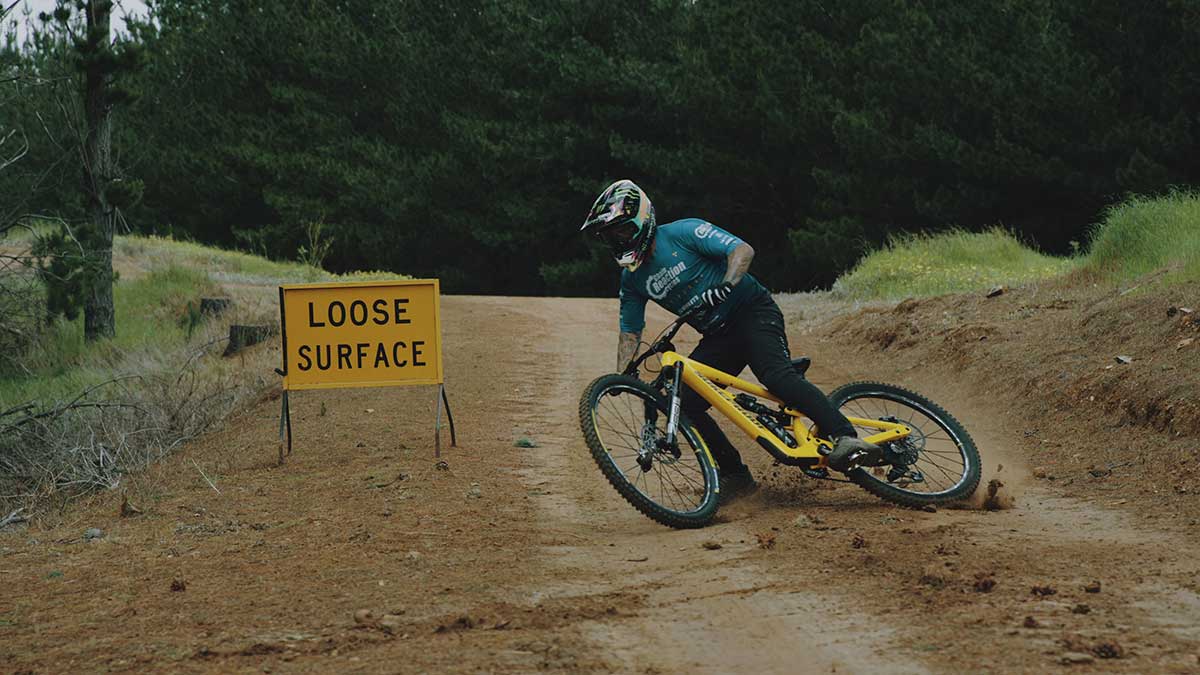
If we go longer we will have up to 450mm/460mm chainstay lengths. But, to date, taller riders have not been asking for longer chainstays. Adding length will affect the playfulness and manual-ability. Also, riders naturally centre themselves between the front and rear axle possibly reducing the need for proportional chainstay lengths.
For example, if you jump from a bike with 550mm chainstays to the same bike with 440mm chainstays, the rider will swear the bike is smaller.
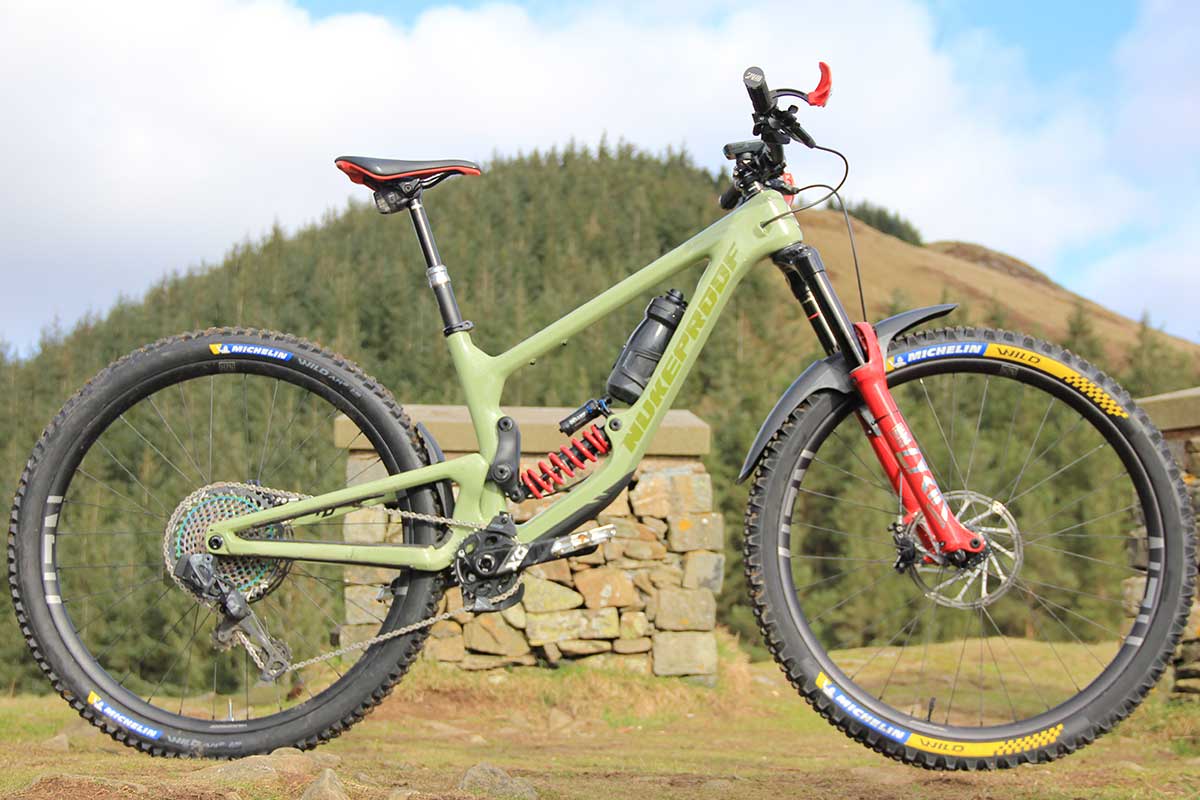
One advantage for longer chainstay lengths is climbing ability. If your saddle height is high and rearward your bike will want to wheelie on steep climbs. But, our new steeper saddle offset positions are designed to keep the rider balanced during seated climbing.
Privateer: Thanks for the question. Proportional geometry is something we strongly believe in, and is core to our product development. We feel how a bike rides is heavily swayed by the ratio of front centre to rear centre weight bias. Whilst we are still debating what the ‘correct’ ratio is, keeping it as close as possible throughout the size range ensures that every rider, regardless of height, gets the same ride experience.

However, achieving this isn’t that simple. But, from the beginning we wanted to do right by the riders, which means making choices based on performance rather than ease. There are a few ways to achieve different rear end lengths, each with their own pitfalls, however they’re all more costly/complicated than a single length back-end.
For our frames we use 4 different back ends, which instantly quadruples the number of product codes needed. Then we need to times that by the number of paint options available and, very quickly, it becomes a lot to manage.
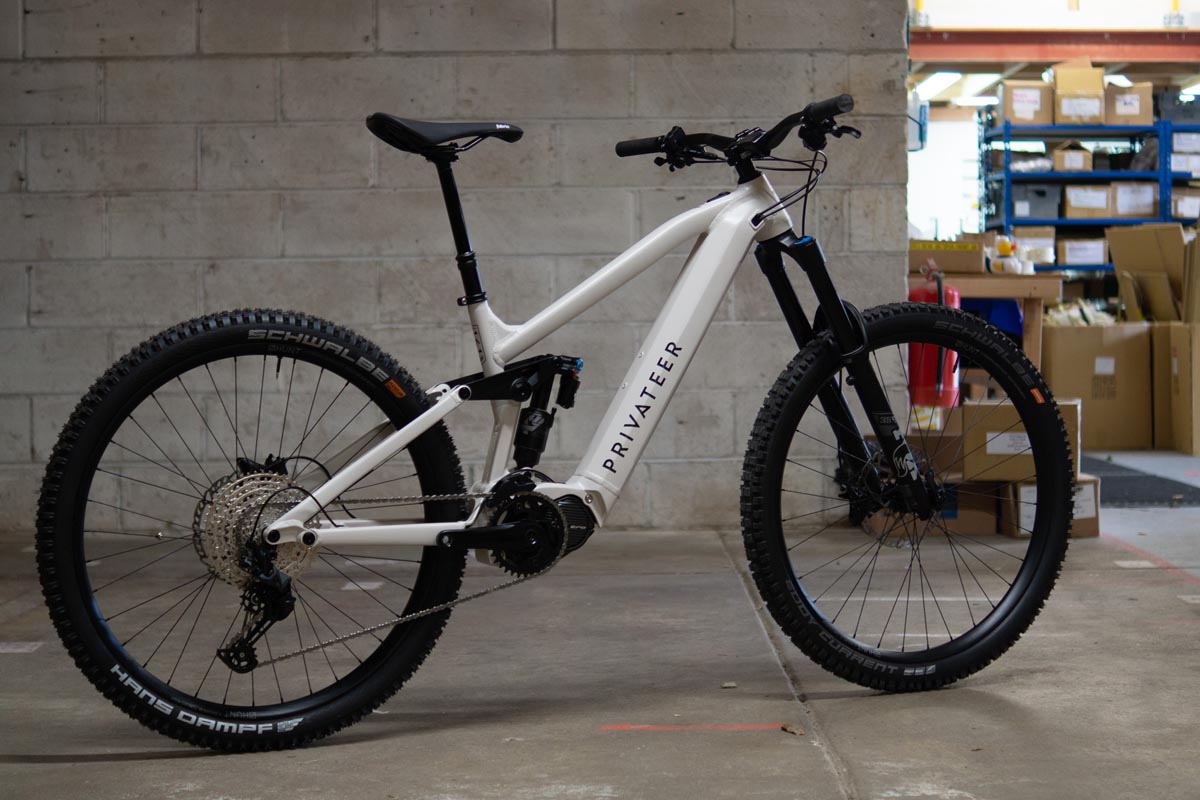
Something else we faced in the beginning was a reluctance from manufacturers to produce multiple back-end lengths as doing this requires different jigs, tube lengths and mitreing, all of which slows down the build process. As a new kid on the scene, trying to convince suppliers this idea was worth it proved challenging. Luckily, we work with a forward-thinking partner.
Even once those speed bumps were cleared, new potential issues crop up in the form of assembly, as now those size-specific back-ends need to be matched with the correct front end, meaning there’s a number of ways it could go wrong. Fortunately, as mentioned we work with a very skilled partner and have a robust QC procedure in place to avoid this.
Norco: Maintaining front center and rear center proportion for each size is key to ensuring proportion throughout the size range. I.e., a small sized human on a small size bike is having the same ride experience as an XL sized human on an XL sized bike.
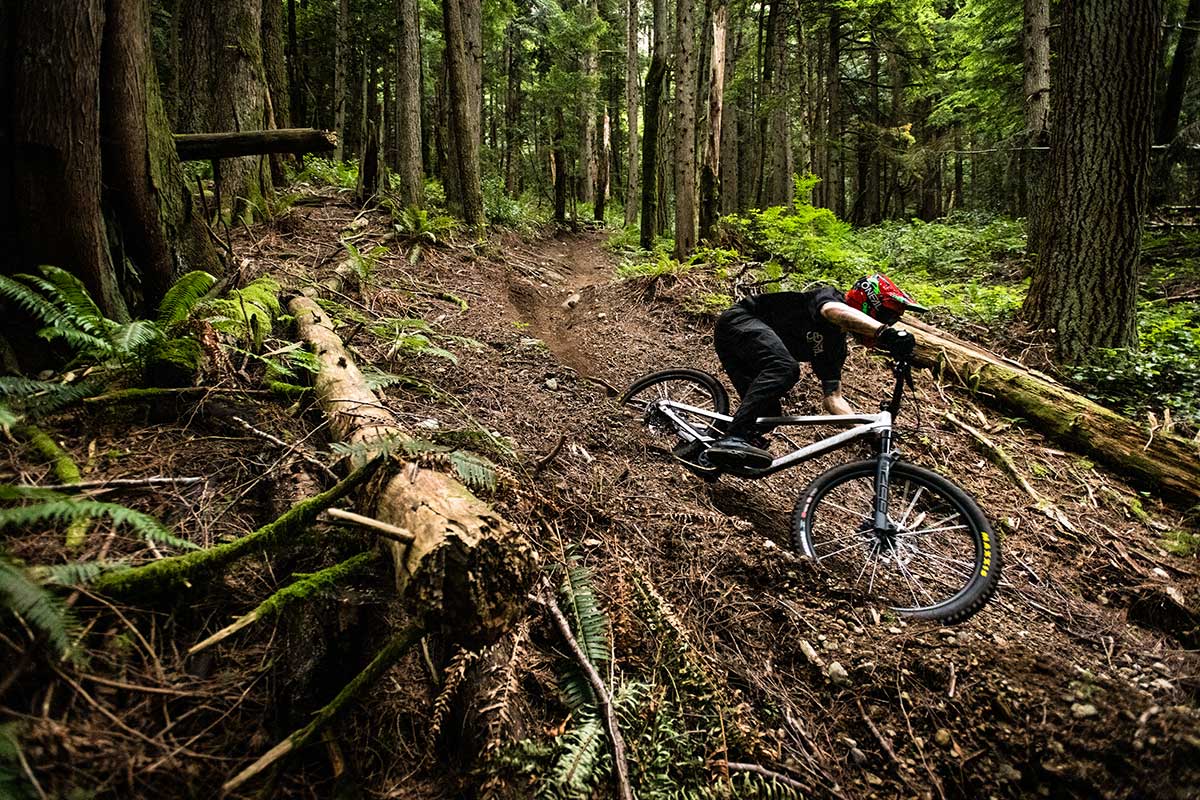
We introduced Gravity Tune, or proportional rear center lengths (chainstays), per frame size on our bikes about a decade ago. Since then we have expanded on the premise of the Gravity Tune concept to an entire design approach that encompasses fit, geometry, kinematics and setup.
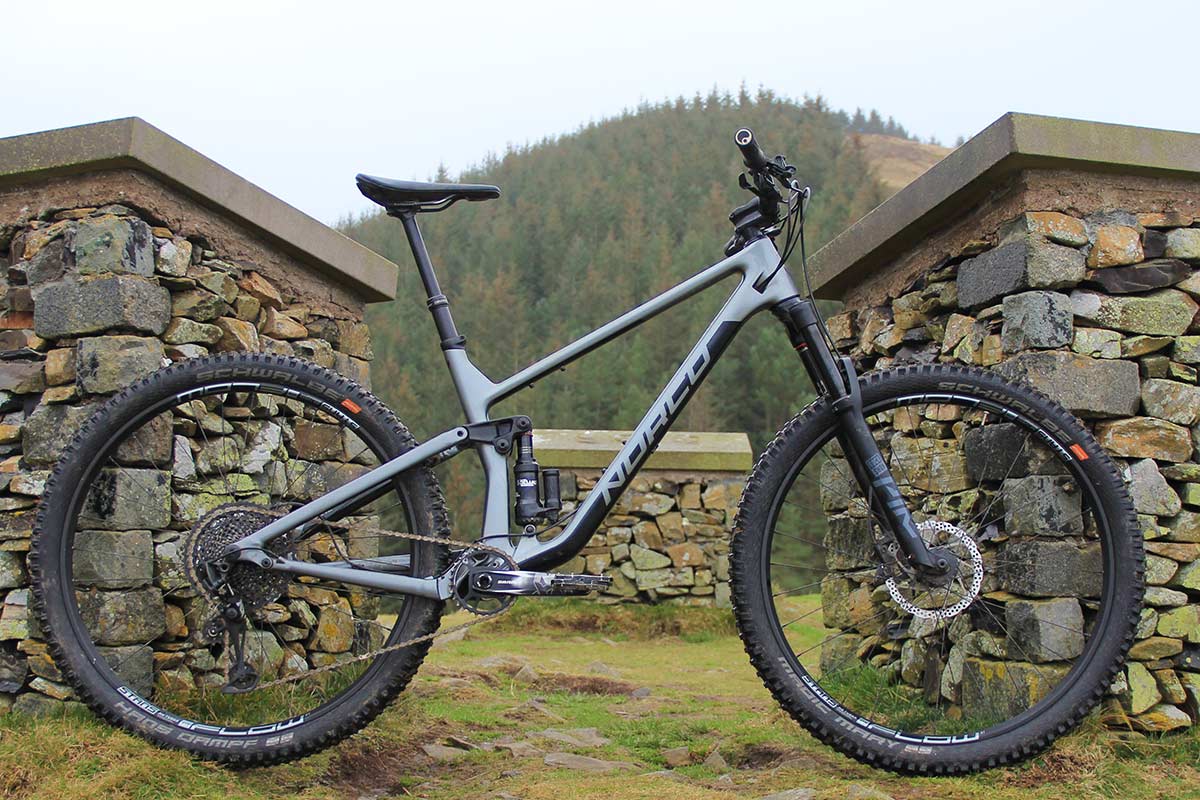
We call this holistic design philosophy Ride Aligned. With anthropometric data and our own measured weight distribution data, we can calculate rider weight distribution at the contact patch for riders of different heights on different frame sizes with different weight distributions.
Cotic: We don’t do this. But, aside from costs, it’s also because when we have tested we haven’t found any massive advantages to changing it across the range. Changing the chainstay length by 10mm only changes the weight distribution by a couple of percent. There’s also a couple of underlying things going on which either some people miss, or I don’t agree with.
In terms of what people miss, it’s that they assume just because a bike has shorter stays because it’s a 27.5″ bike, it’s going to have some magically different qualities. There are obviously differences, but a key thing that is missed by the ‘focus on chainstay length’ brigade is that even if the reach is exactly the same as the 29er version, the smaller wheel and shorter fork give you a shorter front centre. So, in order to keep your desired weight balance, you need to shorten the rear end too.
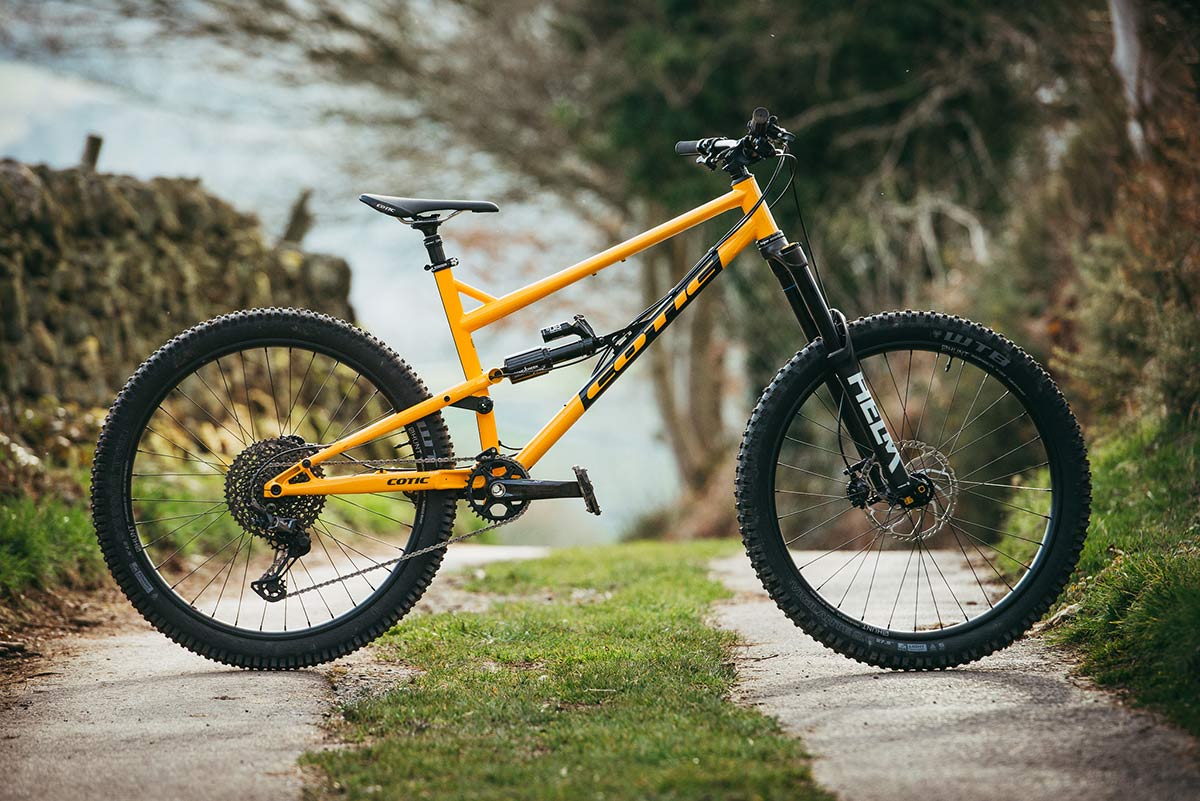
For example, the Rocket 27.5″ and the RocketMAX 29er enduro bikes have the same reach, but the 27.5″ bike has 437mm chainstays, while the MAX has 448mm. However, the front centre of the 27.5 is 826mm. The front centre of the MAX is 842mm. This gives an almost identical weight distribution. As in, within 0.1% nearly identical.
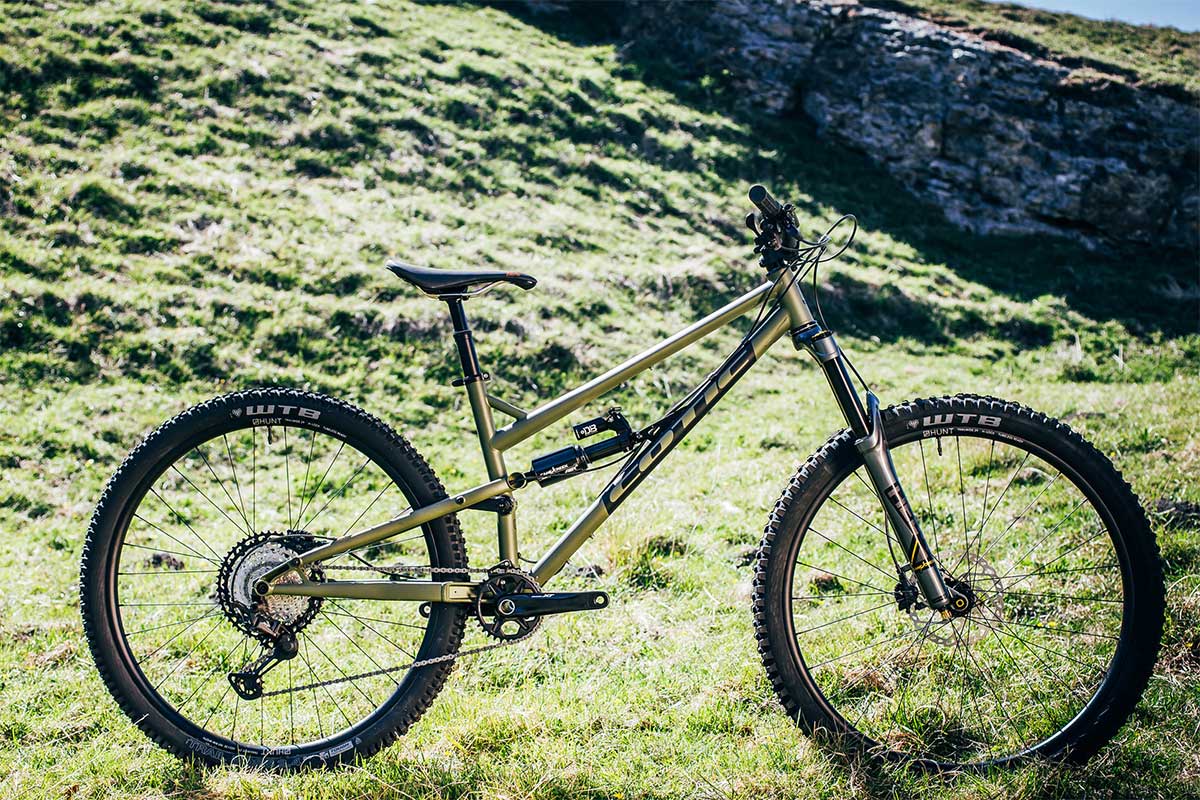
The thing I don’t agree with a lot of the time is that short chainstays are better. They’re just not. Longer chainstays mean less chance of looping out on steep climbs, and they naturally transfer the weight forward which is great for modern, long, slack bikes. Although they can need more of a “hoick” to pull the bars up for a manual, once you’re up, the balance point is wider and easier to manage.
And, that’s just a couple of handling advantages. Once you throw in better clearance around the chainring/tyre area, it’s easier to put a stiff structure into that critical area. There’s just a whole bunch of reasons why they’re good.
RAAW: Growing chainstays between frame sizes adds some complexity to the frame design. That makes it more expensive, but the added complexity also means more spare parts, more chances of mixing up parts in production and assembly and it also requires communication towards the customers.
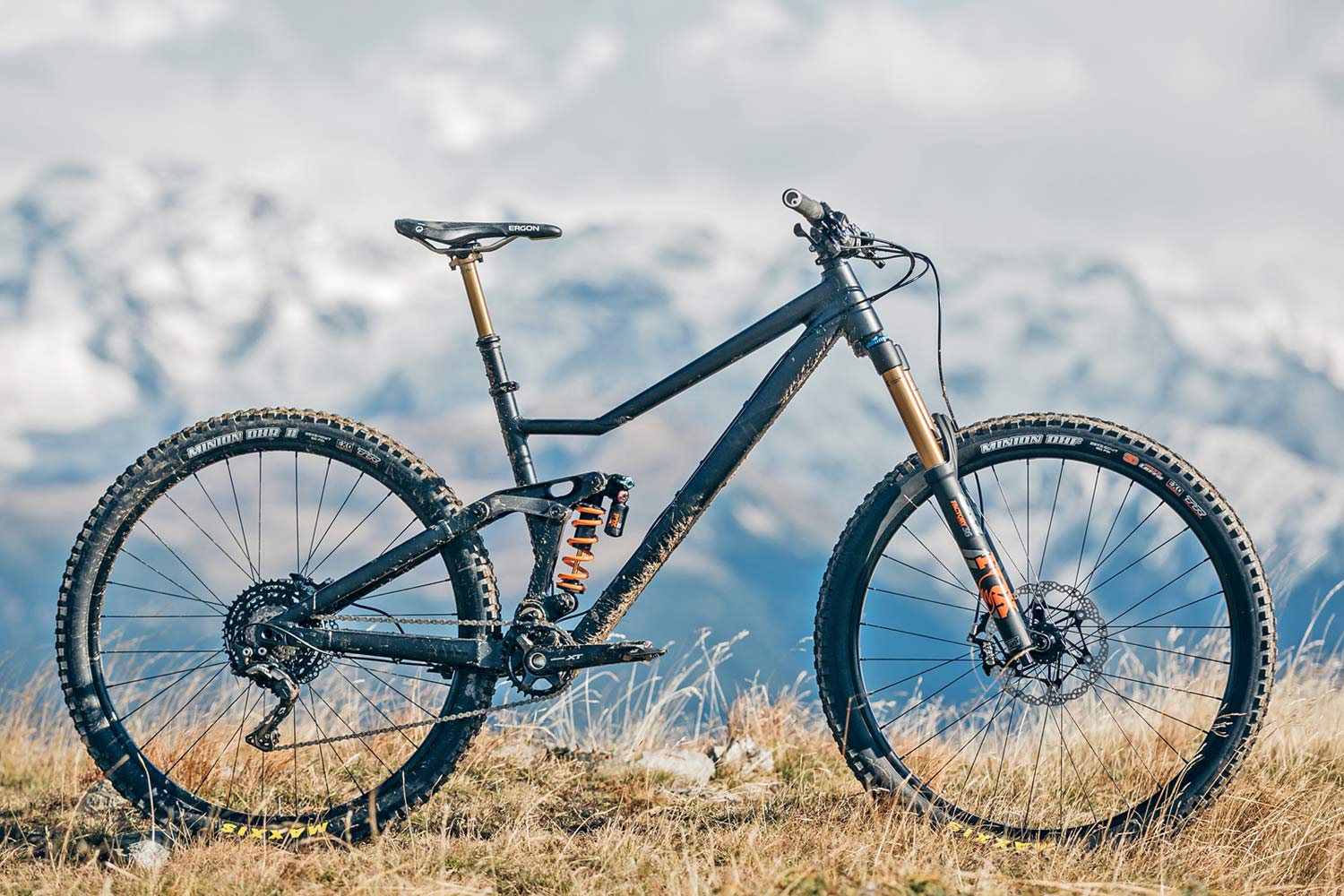
We solve the chainstay length differences with inserts in the same drop out. That does add complexity, but it leaves the option for customers to make changes depending on rider preferences.
But, reasons not-to aside, growing the rear-end of the bike is a must. And the reason for this is weight distribution. When the front-end grows between frame sizes, so should the rear-end to keep weight on the front wheel, which translates to grip, confidence and a balanced feel in the bike’s characteristics.
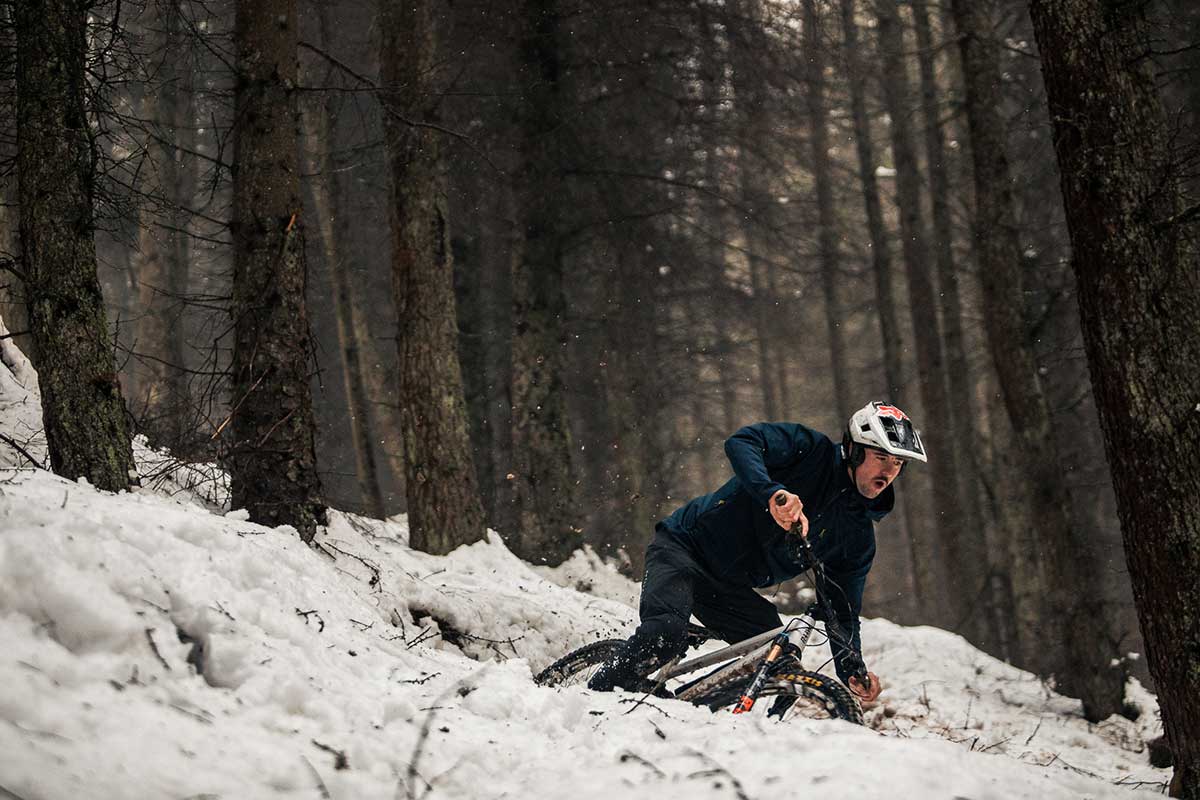
And, we would even argue that a well-balanced bike feels more playful and quicker around corners because it provides the feedback to let go of the brakes and look for the exit of the turn. So, yes, longer chain stays can make a bike go around corners better and faster. It doesn’t only make a bike go faster in a straight line.
Santa Cruz: We actually have the same rear axle flip-chip to change chainstay length on the V10 and the Megatower (and the Tallboy). We also do proportional chainstays on the 5010 and Nomad (chainstay length changes for each size).

The flip-chip system was something that was excellent for our models more orientated to racing (like the V10) where the rider may wish to fine tune the geometry to their style and size. Then, when the SRAM UDH (Universal Derailleur Hanger) came about it made this flip-chip system hard to do.
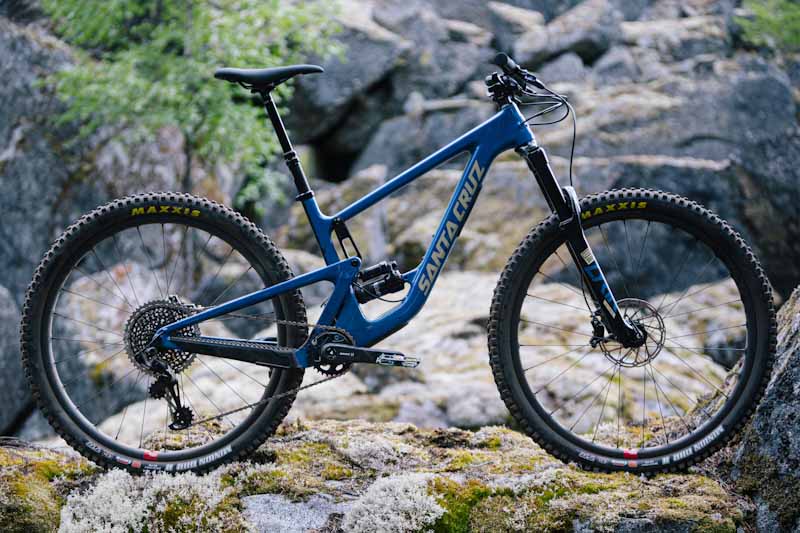
But, because through our research and feedback of riders, it was felt that adjusting chainstay measurement for each frame size was a good thing to continue doing so that every rider, no matter their height, gets the same balanced geometry.
Thank you to the following contributors for making this week’s Ask A Stupid Question happen!
- Seb Kemp, Brand Manager of Santa Cruz Bicycles
- Sam Meegan, Brand Manager of Privateer Bikes
- Dale McMullan, Engineer at Nukeproof
- Cy Turner, founder of Cotic
- Ruben Torenbeek, founder of RAAW
Got a question of your own? Click here to use the AASQ form to submit questions on any cycling-related topic of your choice, and we’ll get the experts to answer them for you!

